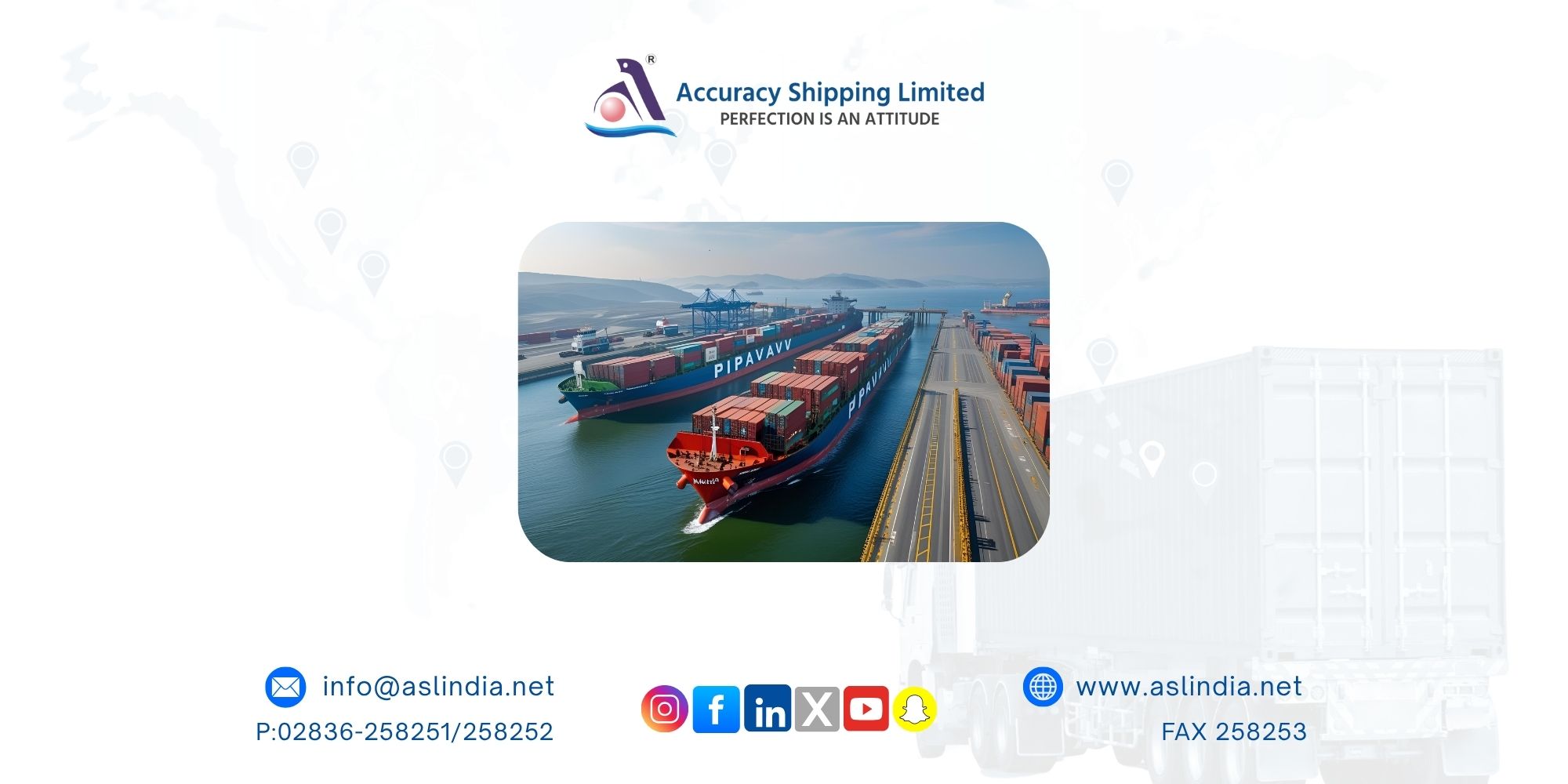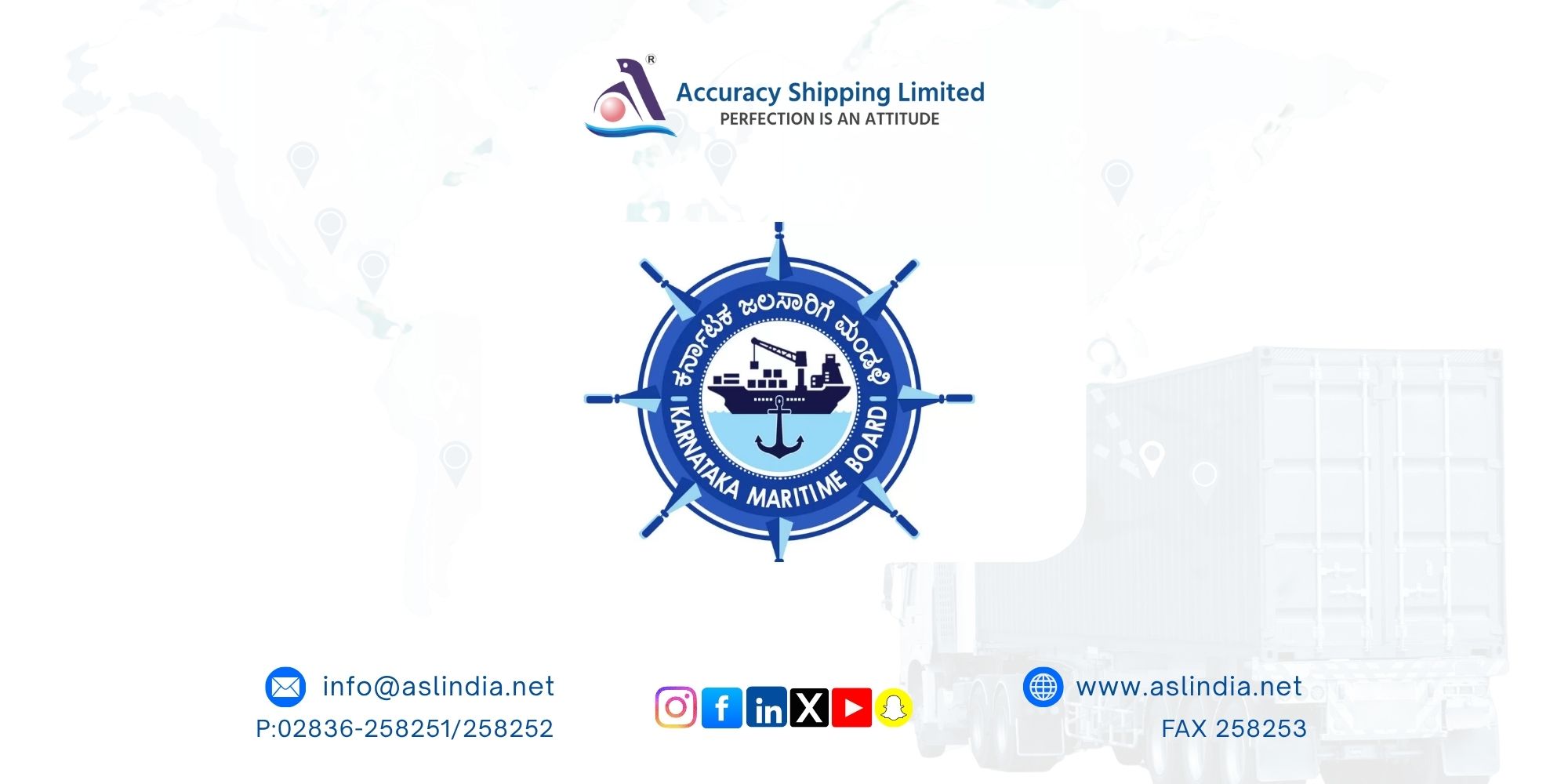Pipavav port launches long-awaited capacity expansion

In a landmark move set to redefine regional logistics and maritime capabilities, Gujarat Pipavav Port Ltd (GPPL) has officially initiated its long-anticipated capacity expansion. The milestone begins with the awarding of two major contracts one to L&T Geostructure Pvt Ltd for the construction of a new liquid jetty, and the other to Van Oord India Pvt Ltd for capital dredging and reclamation works.
This transformative step comes on the heels of environmental clearance granted in June, signaling a green light for comprehensive infrastructural upgrades. The new liquid jetty is expected to bolster cargo diversification, service reliability, and regional economic growth, making it a pivotal development not only for Pipavav but also for Gujarat's maritime ecosystem.
GPPL’s Managing Director, Girish Aggarwal, highlighted that this transition marks a move from “investment to impact,” emphasizing strategic backing from the Gujarat Maritime Board and alignment with the state’s maritime vision. The approved development plan includes:
Multiple new berths
Advanced container yards
Liquid and dry bulk storage facilities
Railway sidings
Extensive dredging and reclamation
Marine infrastructure within and beyond CRZ limits
This project marks a crucial expansion phase for GPPL, India’s first full-scale private port developed under the Public-Private Partnership (PPP) model. With 43.01% ownership by APM Terminals, part of the global shipping behemoth A.P. Moller-Maersk, GPPL stands at the forefront of India’s port infrastructure evolution.
Currently, Pipavav Port handles:
1.35 million TEUs (Twenty-foot Equivalent Units) of containers
5 million tonnes of dry bulk
2 million tonnes of liquid cargo
2.5 lakh car equivalent units (CEUs) annually
The new phase of expansion is expected to significantly uplift these numbers and attract new cargo streams, positioning Pipavav as a stronger multimodal logistics hub on the Indian west coast. With the commencement of this development, GPPL is setting the tone for next-generation maritime infrastructure, paving the way for a more resilient and diversified supply chain in the region.







